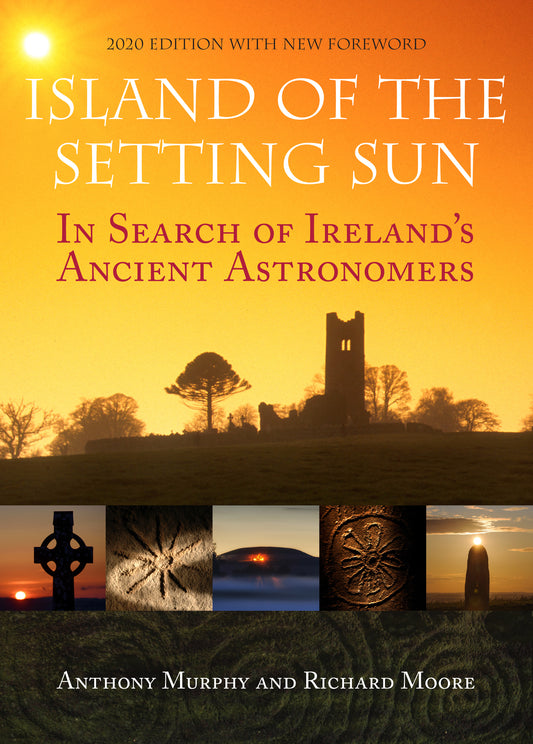
Kerb stone 67 and the master carvers of Newgrange
Kerb stone 67 at Newgrange is one of just a few stones at the 5,200-year-old monument which are decorated with spectacular flamboyance, stones that stand out from all the rest as having been engraved and picked with supreme artistry, patience and flair.
The O’Kellys – Michael J., who excavated Newgrange, and his wife Claire, who detailed all the megalithic art – thought that kerb 67 (along with K52, K1, the roof-box lintel and others) were created by what they called ‘master-carvers’. I had the opportunity to capture some photographs of this stone using remote LED lighting in two tones, which helps to really highlight the motifs carved into its surface by human hands here more than five millennia ago.

Kerb stone 67 and its megalithic art highlighted with LED lighting.
The main feature of kerb stone 67 (K67) is the joined pair of large spirals. Claire O’Kelly called these S-spirals (spirals connected by an S-line, often called returning spirals), and found in her inventory of Newgrange’s art that such S-spirals are rare.
‘They occur on only two other slabs, i.e. in the 3-spiral figure on C10 and on the bottom of L19.’
Each of the spirals is single and picked with finesse, and they are c.50cm in diameter. Above the junction of the spirals is a single lozenge, while below is a double lozenge, both of which have tiny chevrons in their centre.

Kerb stone 67 (K67) with the lighting colours reversed.
To the right of the double lozenge, just beneath the right S-spiral, is a smaller, fainter spiral, and to the upper right of this, a small and faint double lozenge.

Closer view of the large S-spirals of kerb stone 67 Newgrange.
On the left of the S-spirals is a series of picked-out triangles with lozenges above and below. The picked-out triangles leave an alternate series of triangles in relief. The lozenges above and below are also picked out, leaving narrow raised bands in between.
In terms of what the symbols on this stone might mean, we are left only to guess. There is no Rosetta Stone for the megalithic art of Newgrange and other passage-tombs in Ireland. It is interesting that the spiral can be seen to represent the movement of the sun as it gains in elevation and strength from winter solstice onwards to summer solstice. I call these ‘clockwise’ spirals, ‘winter solstice to summer solstice’ spirals, or simply ‘winter to summer spirals’.
See more about the relationship between the spirals and the sun’s movement between the solstices at this page.
Sources:
O'Kelly, Claire (1971) Illustrated Guide to Newgrange, John English & Co. Ltd., Wexford.
O'Kelly, Michael J. (1998) [1982], Newgrange: Archaeology, Art and Legend.









